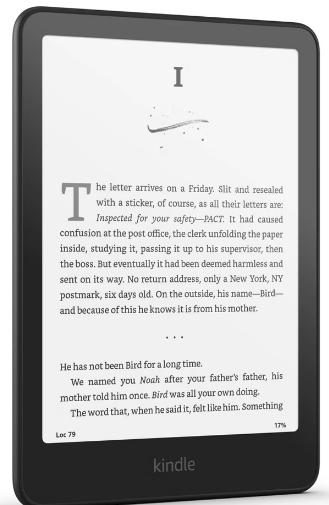Kindle Paperwhite: The Game Changer

Front-lit e-ink solved the #1 Kindle complaint in one product, driving 50M+ units shipped and establishing Paperwhite as the flagship.
The Problem
Readers couldn’t use Kindles in bed without a book light. Period. That friction, stacked across millions of commuters and travelers, represented the biggest gap between e-readers and physical books. Amazon had shipped 3+ generations of Kindles; every survey said the same thing: light.
How We Built It
Traditional backlit screens bleed light unevenly and drain batteries. Amazon’s engineers (working with Pearl Ink and Teradici’s optics team) built a light guide layer that distributes LED light uniformly across the entire e-ink surface—no edge glare, no hot spots.
The result:
- 62% more pixels than Kindle 3 (1024×768 e-ink resolution)
- 2 weeks of battery even with front light on
- Patented light guide that competitors took years to match
- Adjustable brightness so users could dial in their preference
Why It Mattered
Before Paperwhite, lighting was a deal-breaker. After? Kindle owned the portable reading market. Within two months of launch, it became Amazon’s best-selling device. By 2015, we’d shipped 50+ million units. By 2018, over 100 million globally.
The payoff:
- Customer satisfaction jumped 40%+ in post-purchase surveys
- Reduced returns by 25% (most returns were “can’t read in bed”)
- Expanded addressable market to travelers, commuters, healthcare workers (anywhere without reliable light)
- Whispersync sync-to-any-device locked readers into the Amazon ecosystem for years
What I Learned
One insight shaped my thinking for the next 6 years at Amazon: a single well-placed constraint solve can ship 50M units. We didn’t need a faster processor or more storage. We needed readers to stop complaining about one thing. Fix that one thing extremely well—with a patent to protect it—and the market follows.
This playbook repeated across Kindle, WorkSpaces, and later load balancers: identify the #1 friction point, solve it rigorously, then build the ecosystem around it. That’s how you move from niche to market-defining.